Animals Native to India
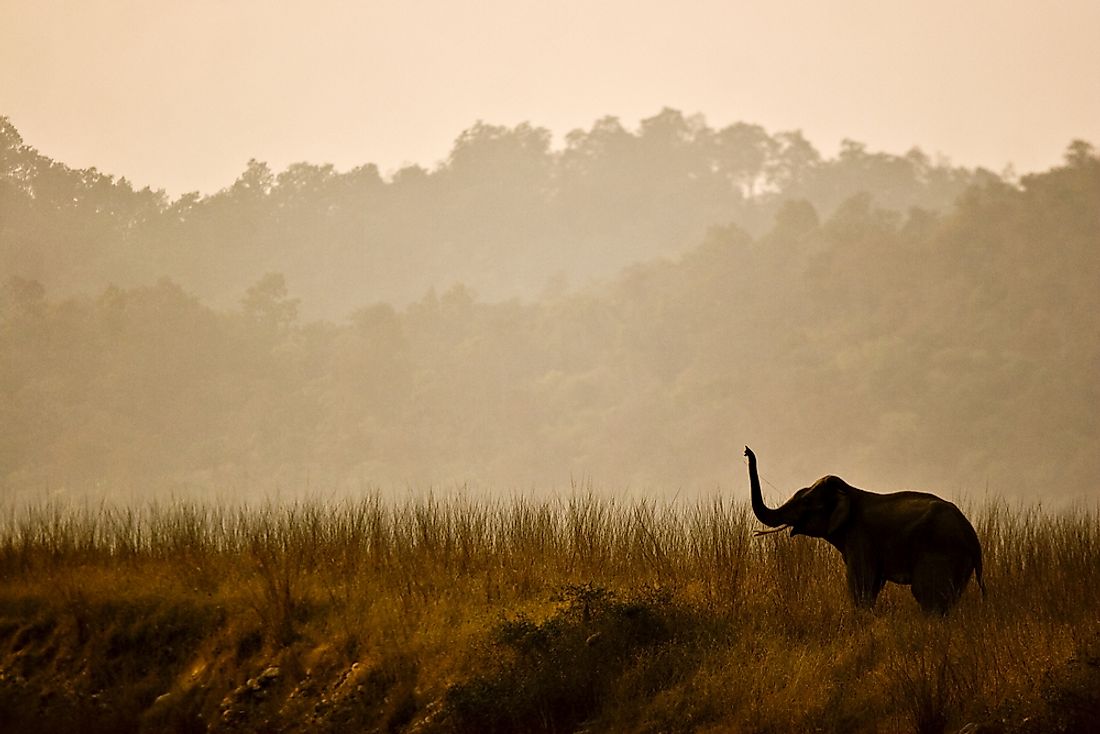
India is known for its incredible colors, culture, and spices. But it also boasts of great diversity in wildlife. The favorable climatic conditions of the country ensure the survival of these species. India has about 2,000 species of birds, 500 mammals, and over 30,000 insects. In addition, there are numerous fish and amphibian species along with reptiles. The diverse wildlife is preserved in over 120 national park and 500 wildlife sanctuaries across the country. Of the wide variety of animals in India, some are restricted to the Asian continent while some are native to the country. Below are some of the animals native to India, their physical characteristics, and interesting facts about them.
10. Greater Flamingo
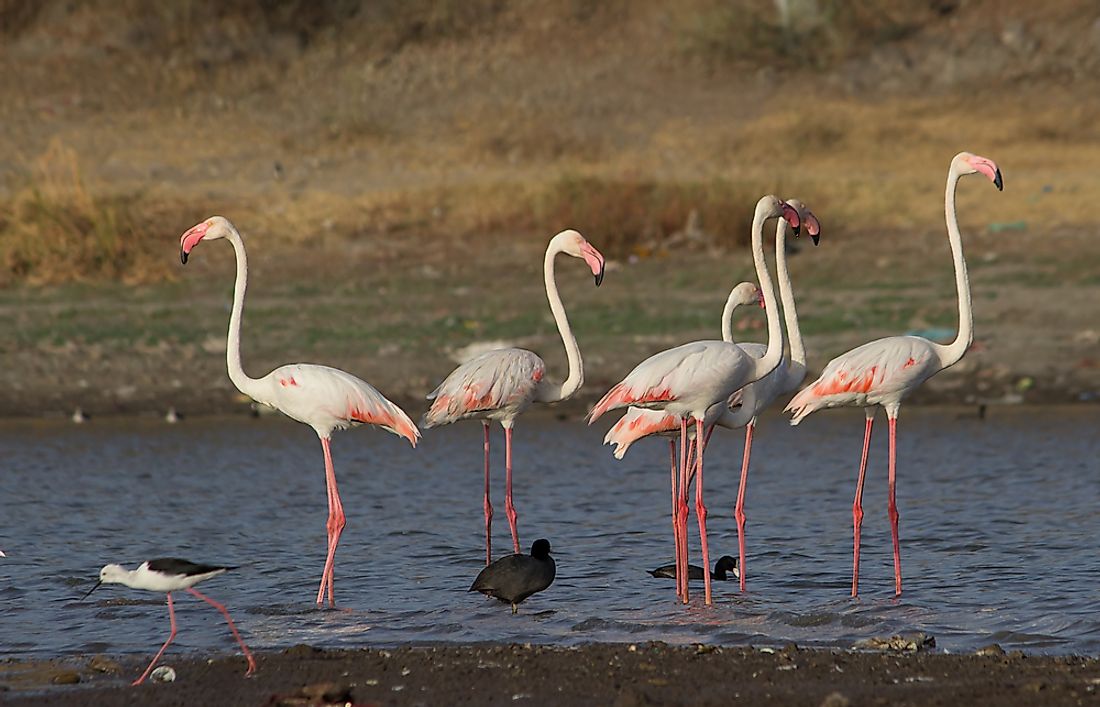
The greater flamingo is the largest and the most widespread species of flamingo. It is approximately 43-49 inches tall and weighs 4.4-8.8 inches. The flamingo has a pinkish white plumage except for the wings coverts that are red and secondary flight feathers that are black. It has a pink bill with a restricted black tip. The legs are also entirely pink. The greater flamingo resides in mudflats and lagoons containing salt water. It uses its feet to stir the mud and the bill to suck the water and filter shrimps, seeds, algae, and other microscopic organisms.
9. Asian Elephant
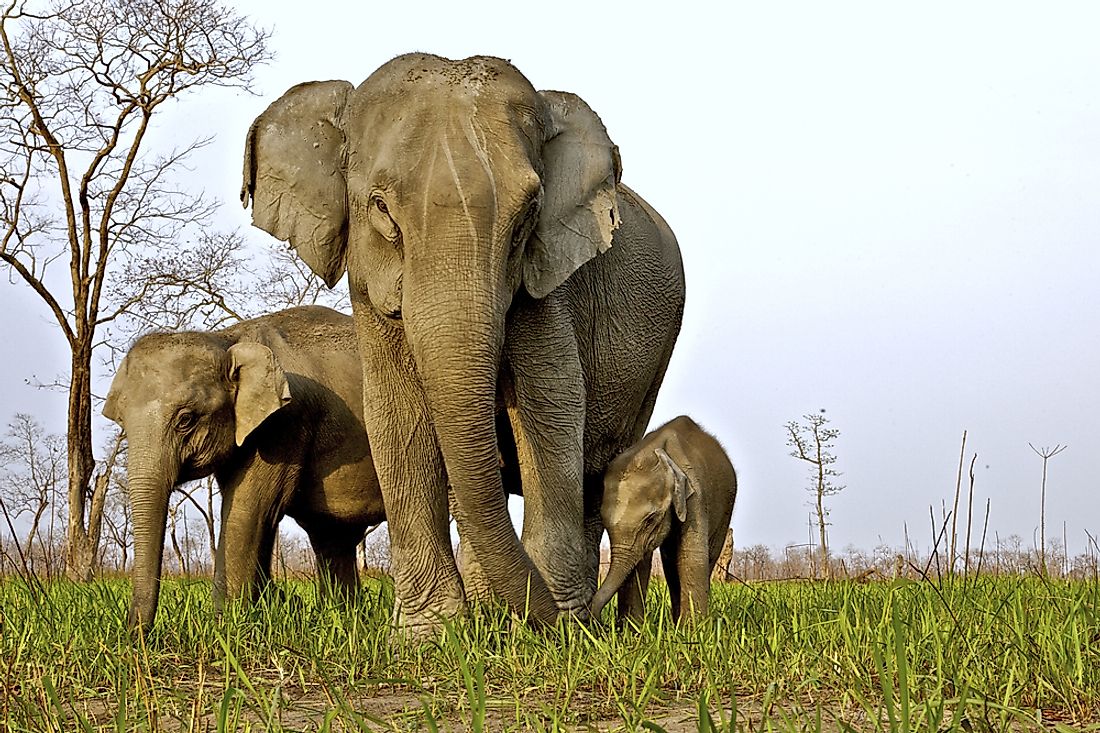
The Asian elephant is the only surviving species of the genus Elephas. It is mainly found in Southeast Asia, especial in India and Nepal. The Asiatic elephant has been listed as endangered by the IUCN since 1986 as its population has declined by approximately 50% in the last 60 to 75 years. The elephant is smaller compared to the African bush elephant with the highest body point on its head. It has a convex or level back while the ears are small with laterally folded dorsal borders. The elephant has about 20 pairs of ribs. The male elephant is approximately 9 feet tall at the shoulder while the female is 7.9 feet. Its skin is usually gray. The female Asiatic elephant lacks tusks.
8. Snow Leopard
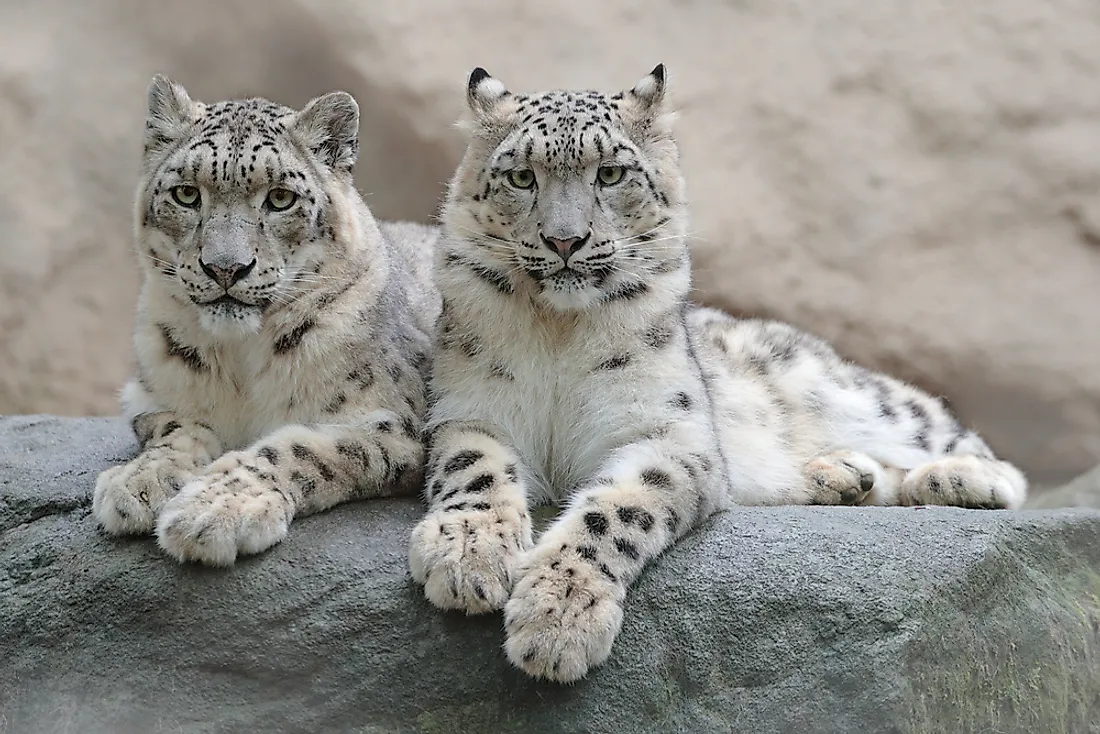
The ounce or popularly known as snow leopard is native to the mountain ranges of South and Central Asia. It is listed as vulnerable on the IUCN Red List because of its global population which is estimated to be below 10,000. The leopard has a whitish to gray fur with black spots on the head and the neck while the back and the bushy tail has a larger rosette. It has a stocky body and short legs and may reach a shoulder height of 22 inches. The eyes are pale green or gray in color. The stocky body, thick fur, and small and rounded ears enable the snow leopard to survive in the cold, mountainous region.
7. Indian Rhino
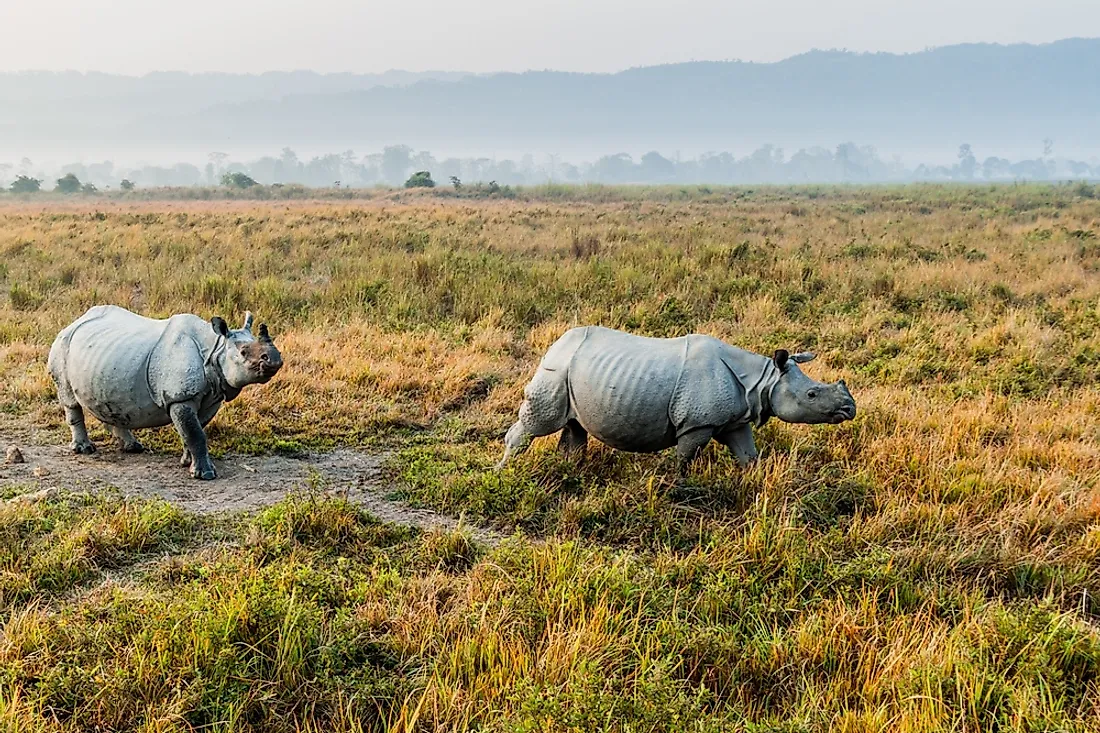
Indian rhino or the greater one-horned rhino is native to the Indian subcontinent. Its population is fragmented and restricted to an area less than 7,700 square miles and has been listed as vulnerable by the IUCN. The Indian rhino is covered by gray-brown skin with pinkish skin fold. The upper parts of the legs and shoulder are covered in wart-like bump. The neck of the male rhino has a huge fold. Indian Rhino is the second-largest terrestrial mammal after the Asiatic elephant and also the second-largest living rhino after the white rhino. It is mainly a grazer with a diet consisting of grasses, leaves, and branches.
6. Bengal Tiger
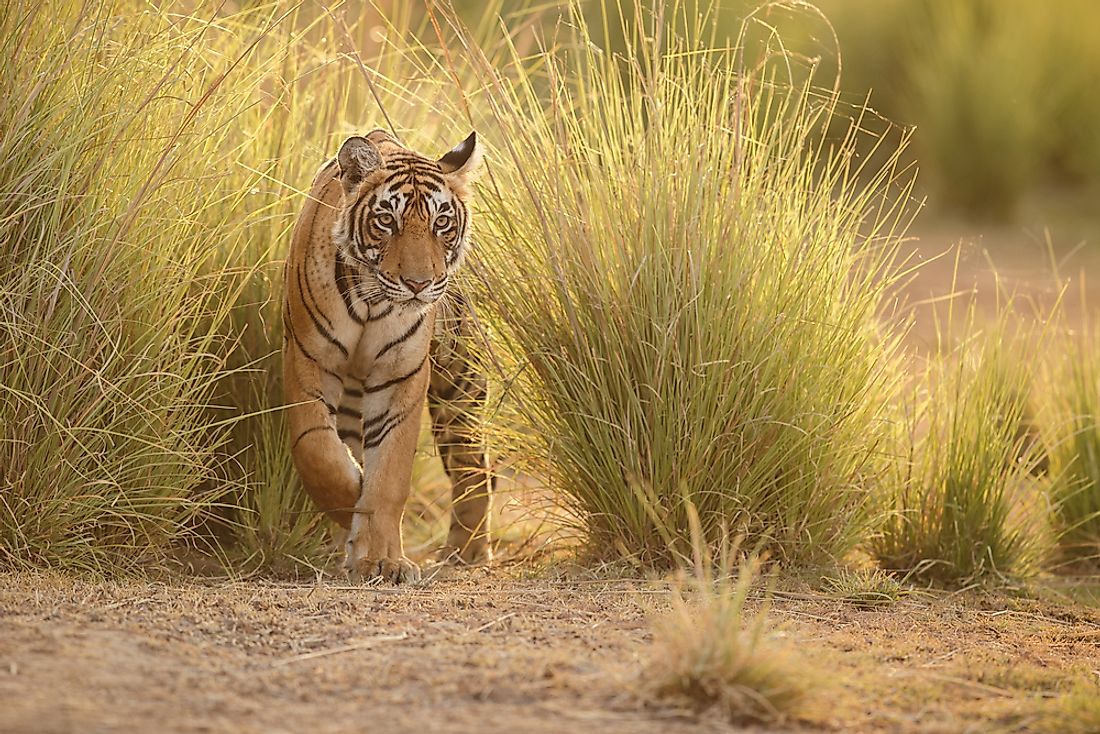
The bengal tiger is the most dominating tiger sub-species in Asia with an estimated population of 2,500. However, it has been listed as endangered on the IUCN Red List and its population has been threatened by poaching and loss of habitat. In 2010, the population of Bengal tiger in India was estimated at approximately 1,900 and by 2014 the population had increased to 2,200. The tiger has a yellow to light orange coat with dark brown to black stripes. The belly and interior parts of the legs are white while the tail is orange with black rings. The bengal tiger is a carnivore and hunts mainly the large ungulates. It also occasionally hunts and kills some predators such as Indian wolf and Indian leopard.
5. Indian Sloth Bear
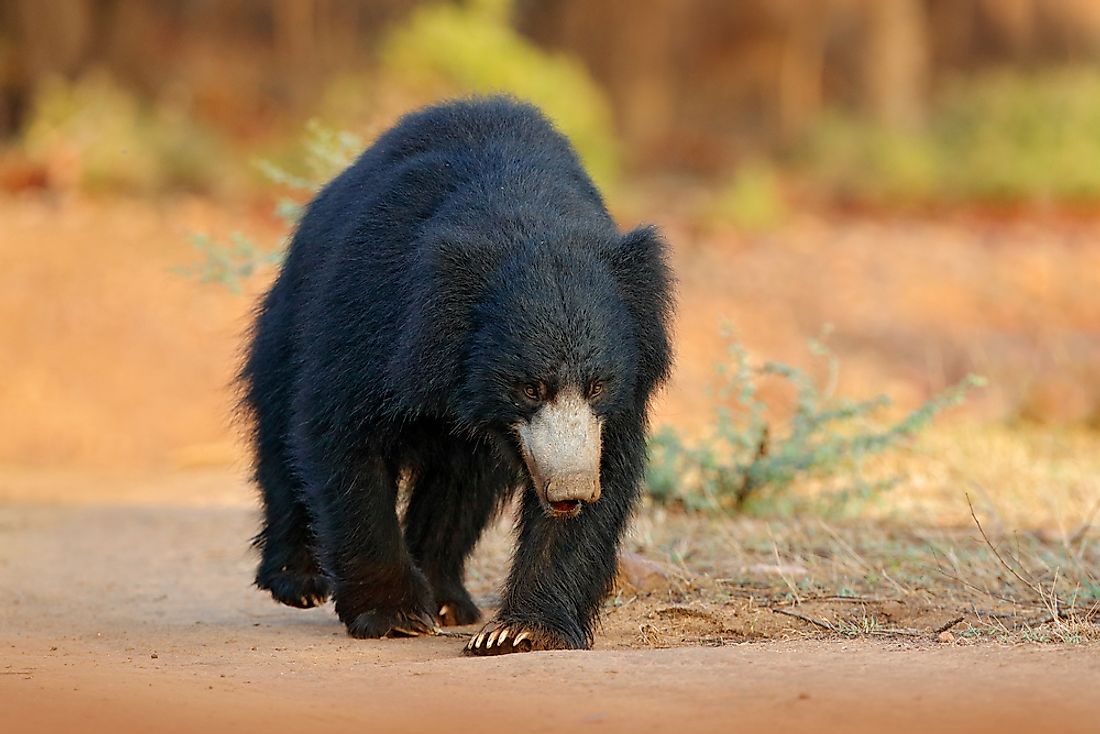
The sloth bear is an insectivorous bear that is native to the Indian subcontinent. Due to habitat loss and degradation, the bear has been listed as vulnerable on the IUCN Red List. The sloth bear is lankier than the black and brown bear and also has a longer, shaggy fur compared to the two. The bear is subdivided into two subspecies; Indian sloth bear and Sri Lankan sloth bear. An adult female bear weighs 121 to 231 pounds while the male weighs 176 to 320 pounds. It has a long and thick muzzle and a bulbous snout with the wide nostril. The lower lip is longer and can stretch over the outer parts of the nose. It mainly feeds on termites which it locates by smell.
4. Himalayan Wolf
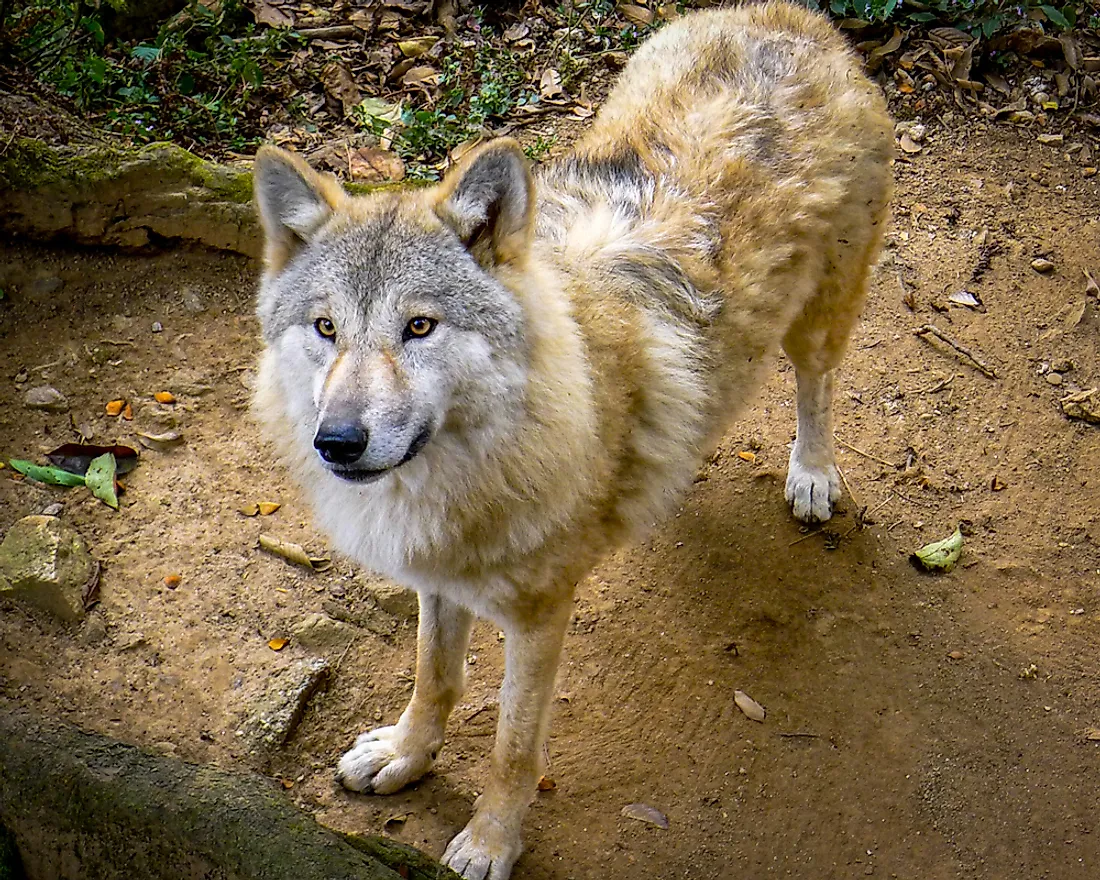
The Himalayan wolf is classified as Tibet wolf but is of unresolved taxonomy. It is mainly found in northern India, Nepal, across the Tibetan plateau, and some parts of China. In India, the population of the wolves is approximately 350 and are found in a range of about 27,000 square miles. The Himalayan wolf has a white coloration around the chest, inner parts of the legs, and the belly. The muzzle is unusually elongated and is characterized by closely-spaced black speckles. The wolf is smaller in size compared to the European wolf.
3. Peacock

The peacock, also known as peafowl, is a peafowl species found in tropical forests of Southeast Asia. Both the male and female peafowl are similar in appearance with both having long upper tail coverts covering the actual tail underneath. The neck and breast feathers are green and resemble scales. In males, the greater wing coverts are blue while the lesser ones are green. The green peafowl is silent compared to the Indian peafowl with the males of some sub-species having loud calls that are often repeated. The female peafowl lays 3-6 eggs. Because of hunting and destruction of habitat, the peafowl has been listed as endangered on the IUCN Red List.
2. Gaur
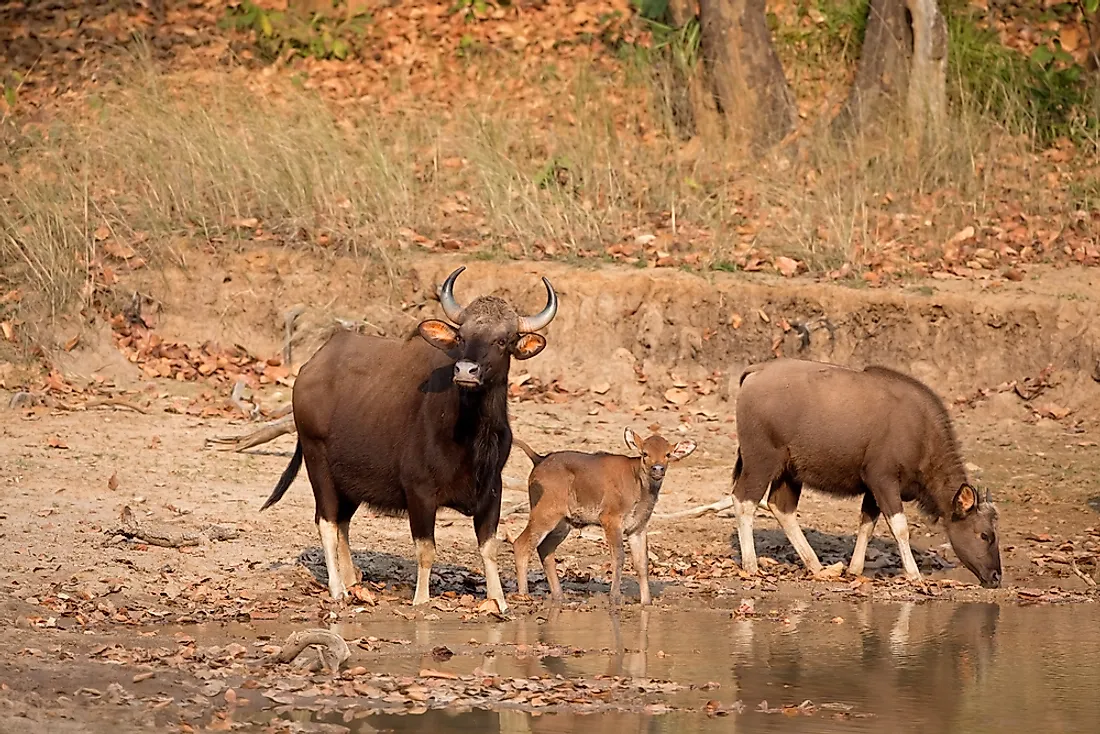
The gaur or the Indian bison is the largest extant bovine. It is also native to the Indian sub-continent, specifically Southeast Asia and has been marked as vulnerable by the IUCN. Gaurs are the tallest wild cattle species. They have a strong and massively built body with a prominent ridge on the back. The ears are very large while the tails reach only the hocks. A distinct ridge run from the shoulder to the middle of the back while the shoulders can be up to 4.7 inches higher than the rump. The gaur is basically diurnal but in other areas, they have become nocturnal due to disturbance by human activities.
1. Red Panda
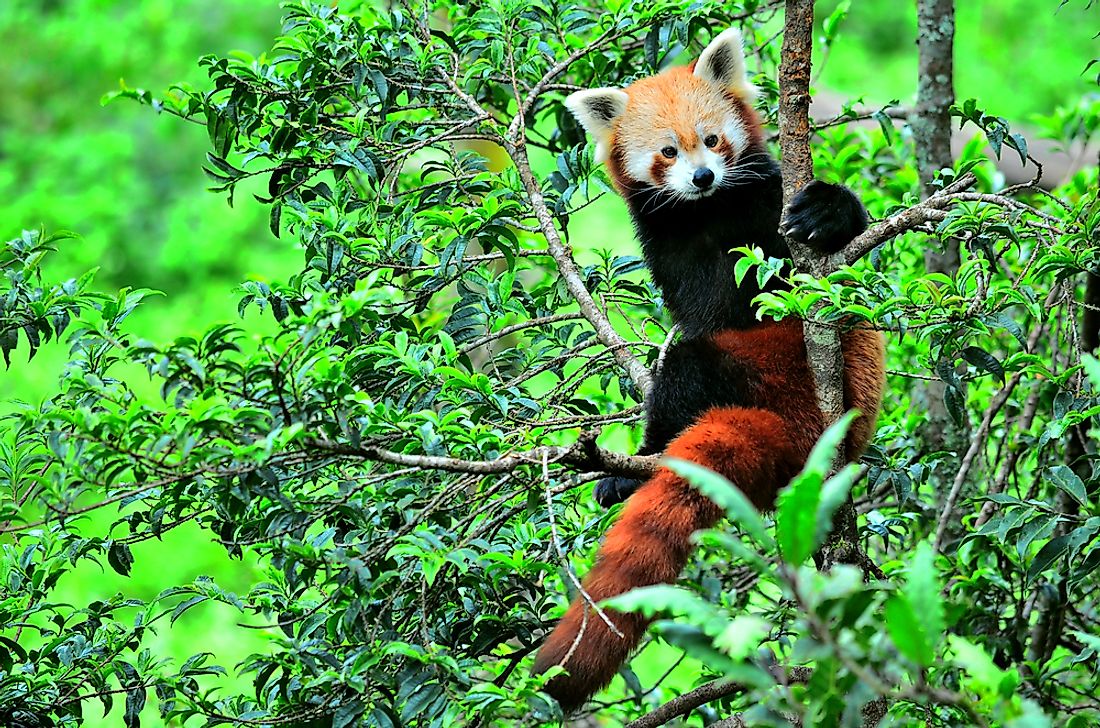
The red panda is native to the Southwestern China and the eastern Himalayas. It is listed as endangered by the IUCN because of the continued decline in population which is currently below 10,000. The panda has a red to brown fur and a long, shaggy tail and almost the size of a domesticated cat. It measures 20 to 25 inches long while the tail is 11 to 23 inches. The fur on the upper part is soft and long. The lower part has a blackish fur while the face is light and has tear marks. The red panda is a solitary animal except in mating season. Its diet consists of mainly bamboo and sometimes feeds on flowers, berries, and birds.











